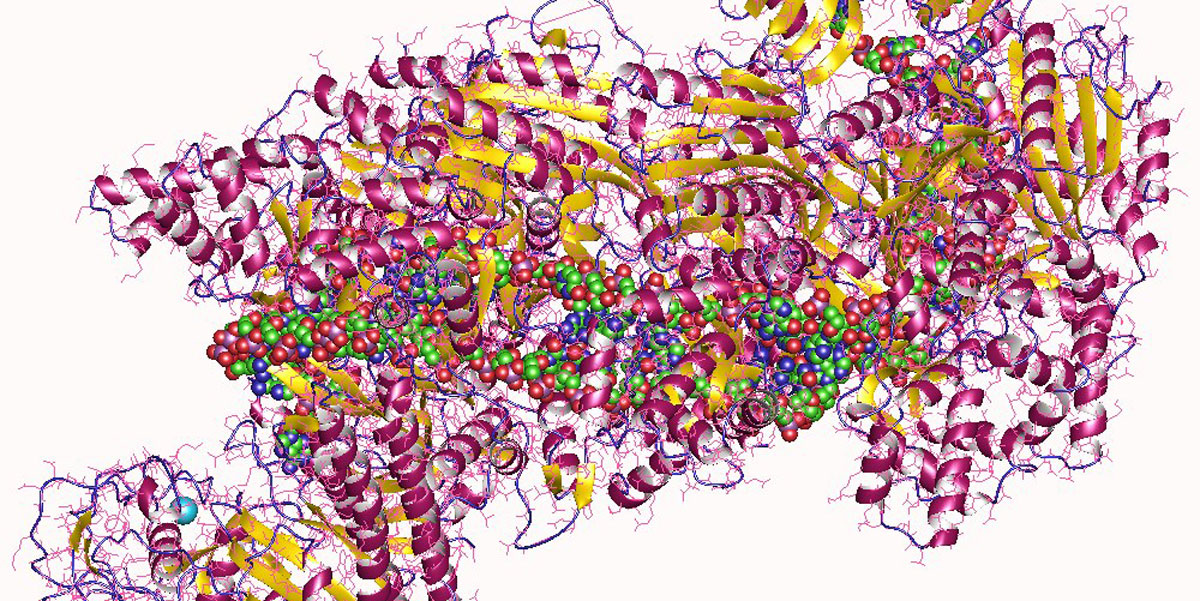Photo: GM Watch
GM Watch 11 January 2020
Claire Robinson
A new study reveals yet another major unintended effect from the CRISPR-Cas9 gene editing tool – with potentially serious implications for the food safety of gene-edited plants. The study found that CRISPR-Cas9 edits intended to knockout the function of a gene fail to do so. Instead, proteins are still produced from the damaged genes, and many of those proteins are still functional. The result could be the production of gene-edited plants that are toxic or allergenic.
This suggests existing CRISPR-edited plants with gene knockouts, such as the non-browning mushroomthat has been de-regulated in the US, should be subjected to extensive safety checks, as they could contain new proteins or compounds that pose a food safety risk.
Background
Every living cell contains genes that code for proteins that perform all essential functions that constitute a living organism, such as building the structures of our bodies, digesting food, or sensing the environment. However, many genes, and the proteins they code for, have unknown functions. In humans, one in five genes has an unknown function. One approach that scientists use to try to find out the function of proteins is to mutate (disrupt) the structure of the gene encoding a given protein and then monitor the consequences of this “knockout”.
The invention of the CRISPR-Cas9 gene-editing tool has allowed scientists to generate gene knockouts far more easily than was possible in the past. CRISPR-Cas9 makes a double-strand cut in the DNA to disable (knockout) a gene, which, scientists have hitherto believed, makes the proteins it codes for nonfunctional. Scientists can then watch what happens to cells or an entire organism as a result, inferring the lost function from what goes wrong.
Scientists were “terribly wrong”
As explained by an article in The Wire, the Cas9 enzyme searches the DNA, using a “guide RNA” to look for a specific sequence, and makes a cut where it finds a match. The gene, split in two, is repaired by the cell, but often results in varying lengths of DNA base units being deleted or added (indels). The Wire article explains, “Many scientists assume that if a chunk of a gene is missing then the protein that it encodes will not function, or even be produced” – but “In many cases, they would be terribly wrong.”
To read more visit GM Watch

